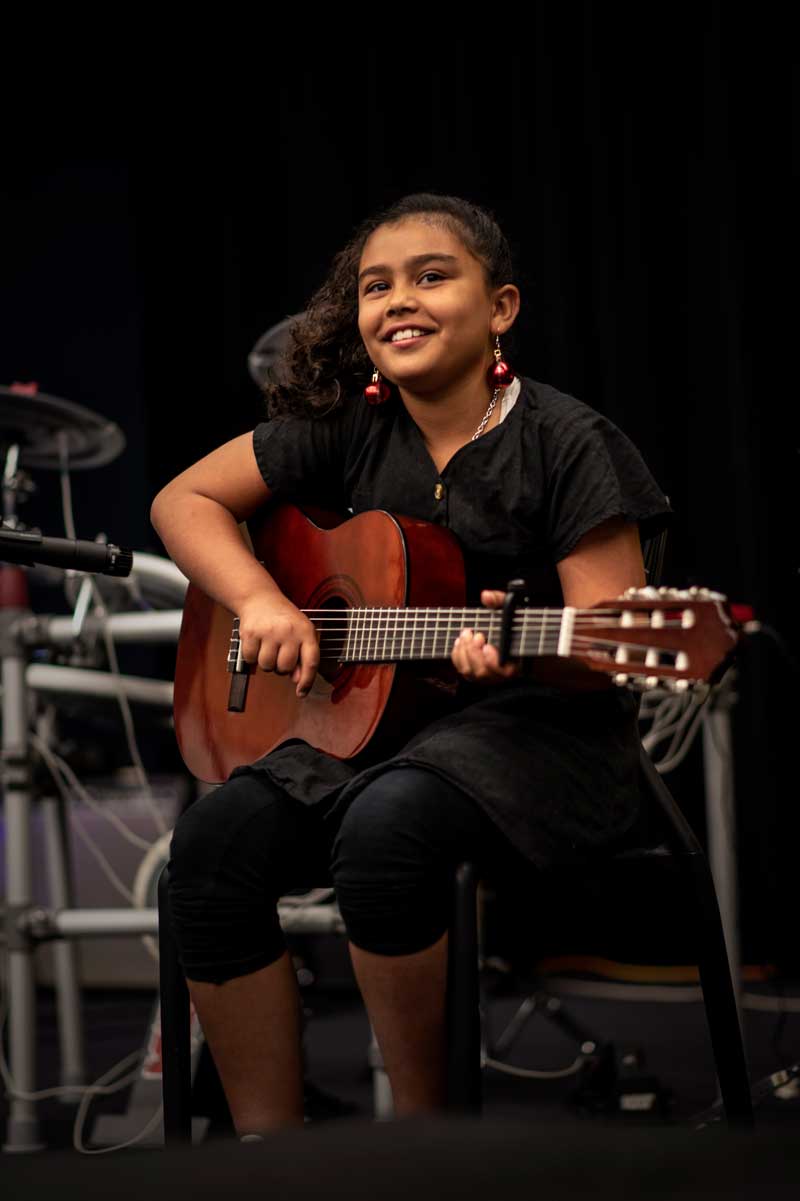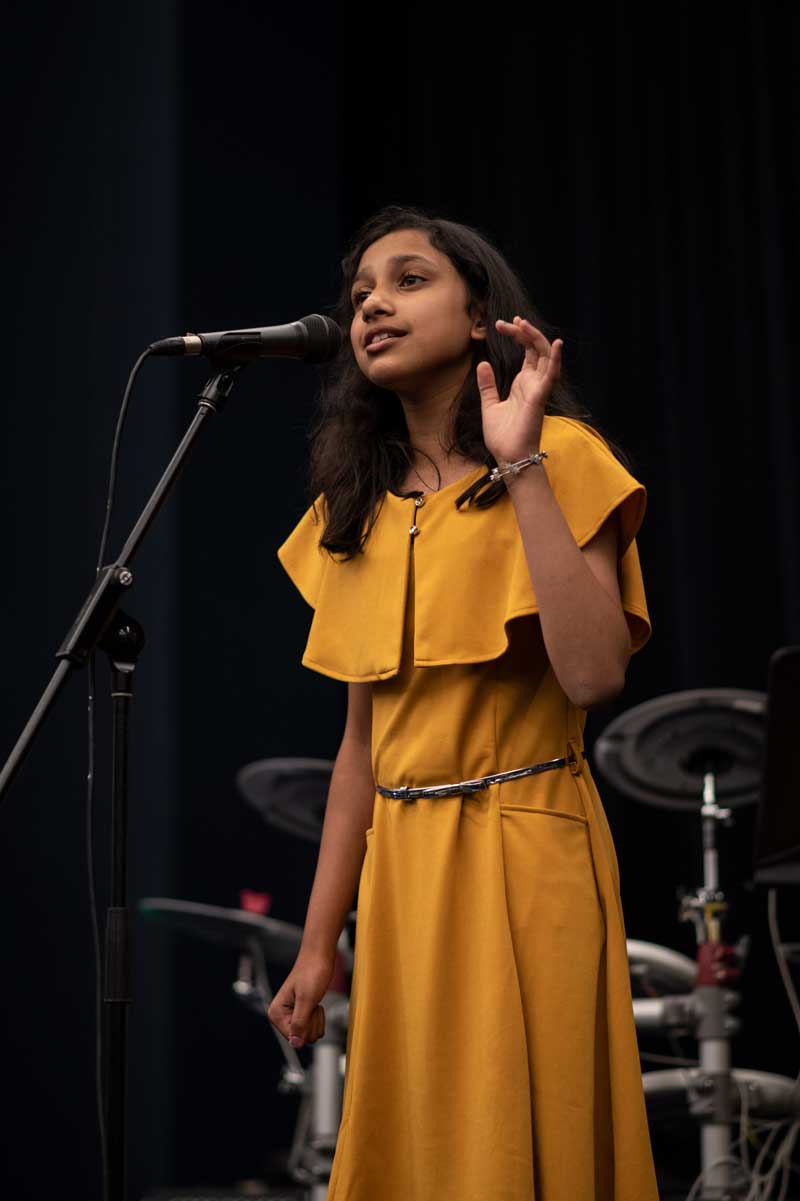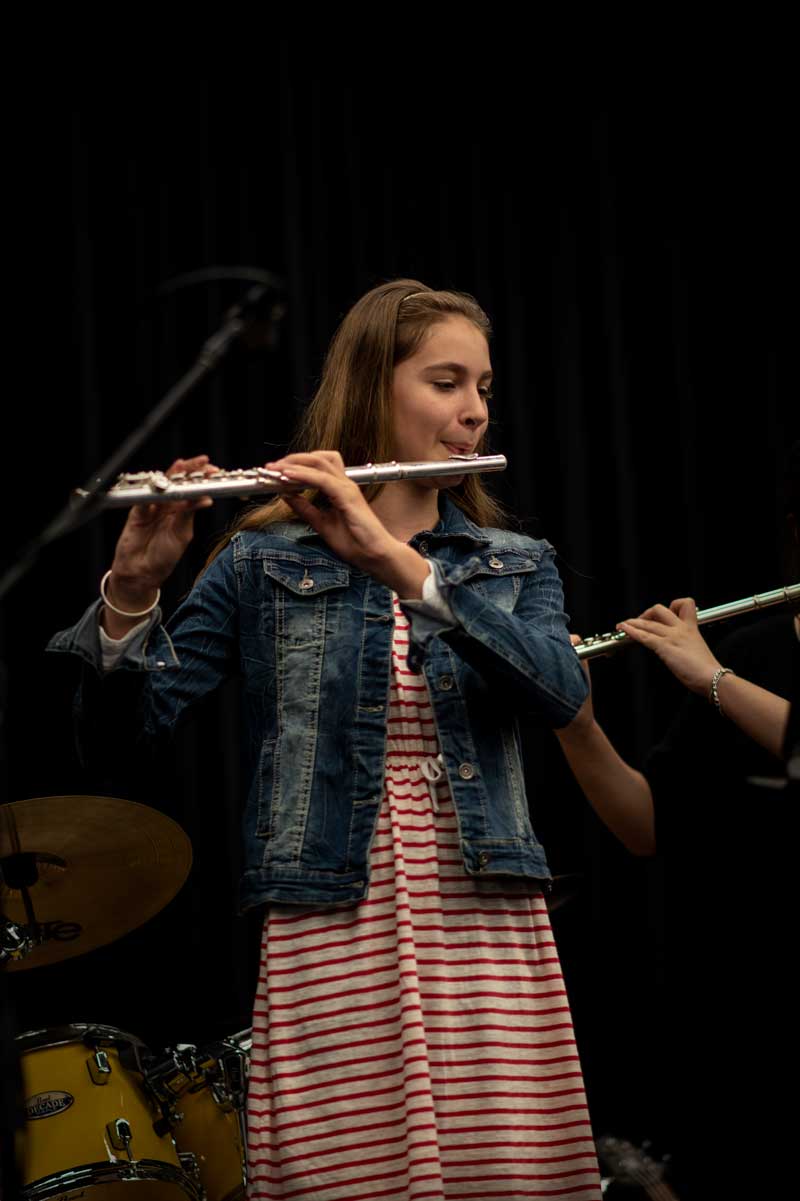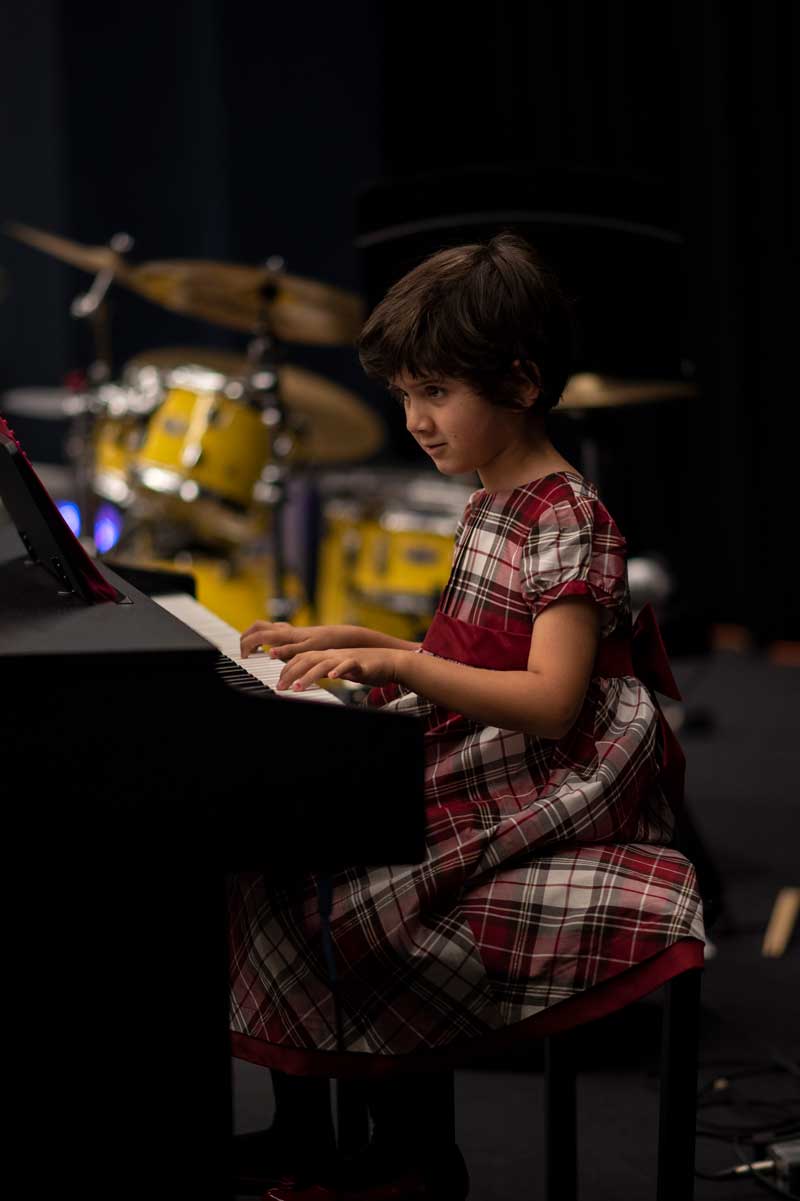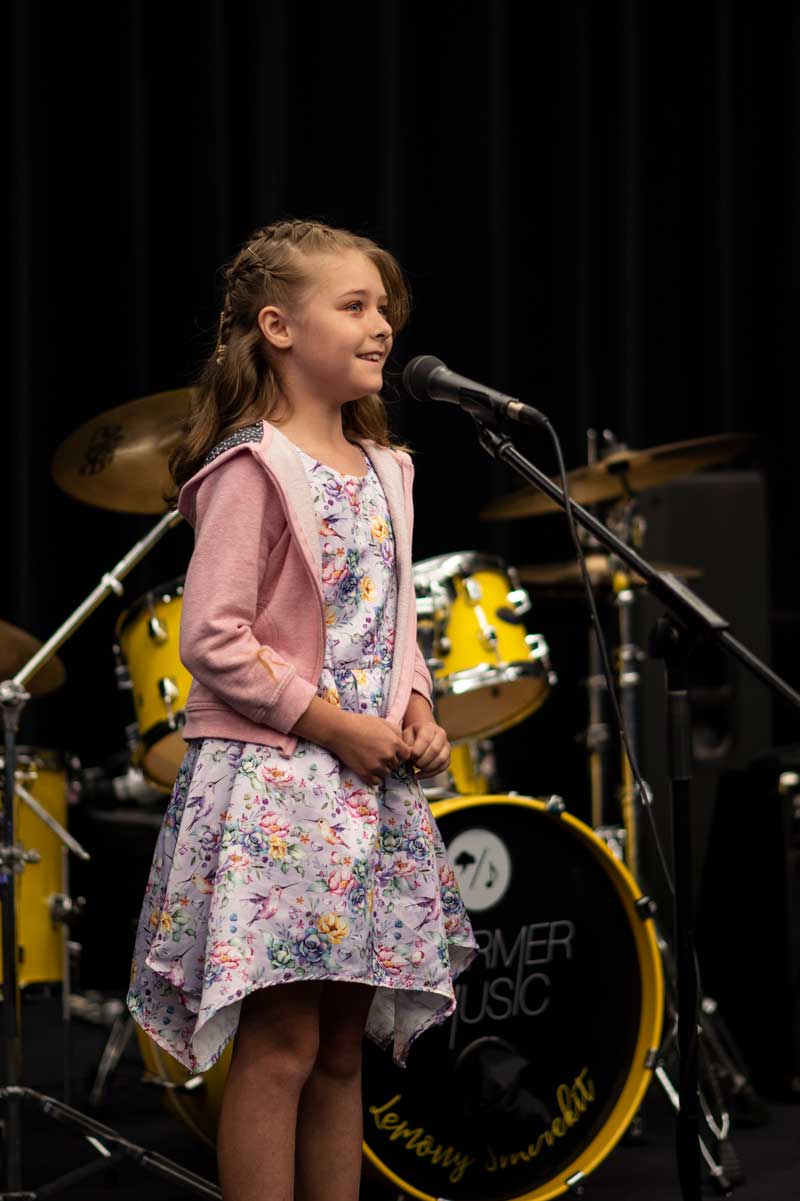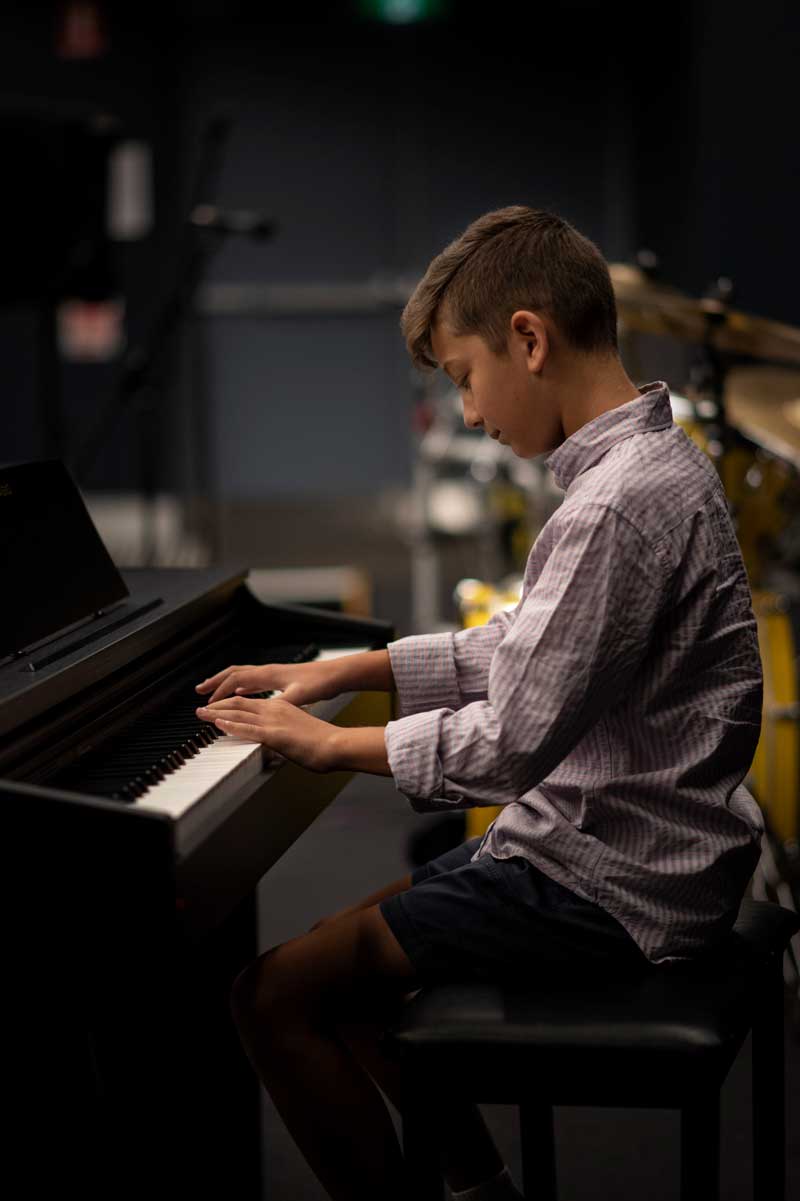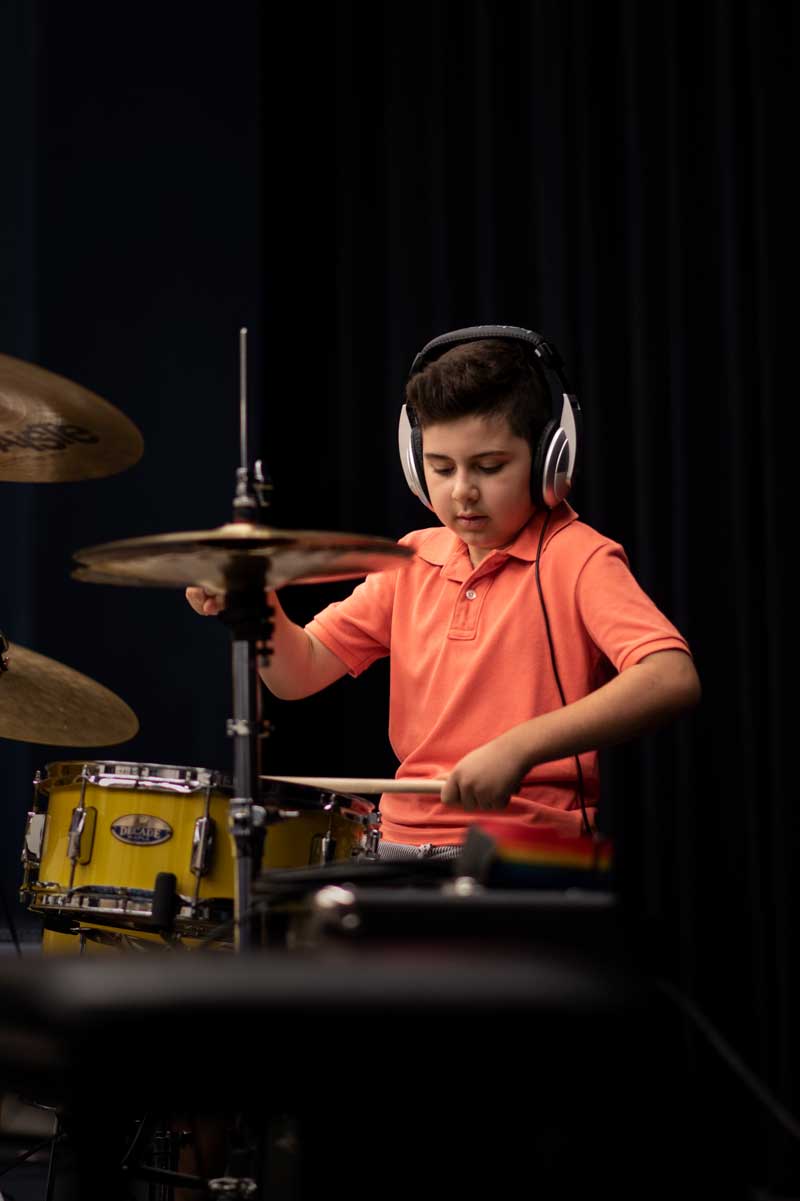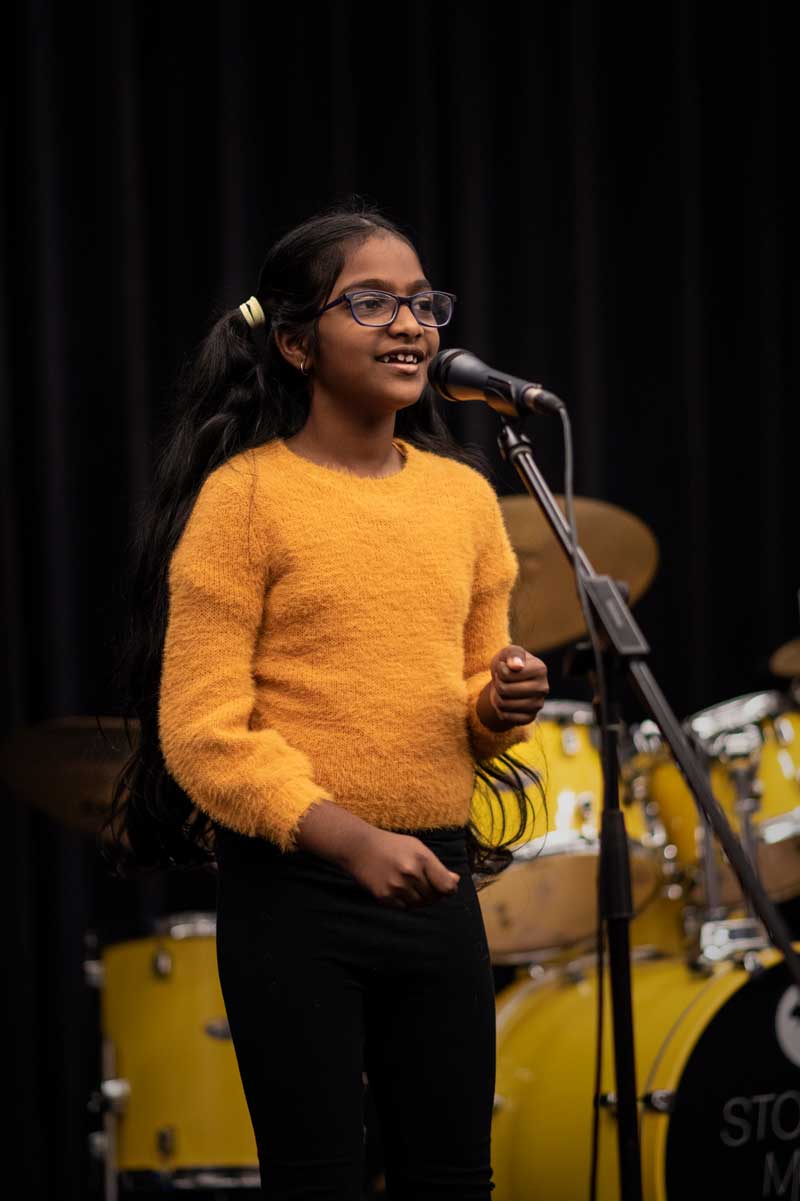You are the glue that binds all the parts together, you need to ensure teams are supported, guest and performers looked after and the whole day running smoothly from every angle. Here are the basics:
The Front of House Team is charged with helping performers and their guests get into the venue safely and ready to play. Your role is to create and facilitate great experiences outside of the performance in activities, encouragement, fun, good vibes, support etc. Performing live is a big deal so we do everything we can on the day to make the experience as care free and positive as possible. To do this you will be given resources and instructions to work with on the day.
Brief And Manage FOH And Welcome Team:
Manage Gear Bump-In:
Setup Area:
Facilitate Stormer Booths:
Welcome And Direct Students And Parents:
Open Doors:
Bins:
Manage Bump-Out:
Setup Booth:
Check-In:
Run Green Room Brief And Manage Green Room Team:
Manage Gear Bump-In And Setup Of Green Room:
Work Directly With The Stage Manager:
Manage Traffic:
Organise Food/Meals For Staff And Volunteers:
Coordinate Pack-Down And Bump-Out Of Gear:
The MC role is about keeping the show rolling and the crowd engaged. It's also about celebrating our incredible performers who have stepped up to the stage. Here is a quick overview of what you will be doing and some tips/strategies on how to do that well.
Be there atleast a half hour before the first show and setup side of stage.
Grab a program and map out your announcements. You should do quick announcements at the finish of every song to thank the performer and introduce the next act.
Students are to arrive three acts before theirs and be side of stage. When we open the doors the first three of these acts will come straight to you, be ready to welcome them and show them where to wait.
Do a final callout to make sure all performers have checked in with the stage crew and are ready to go. Invite anyone who has not done so to come down right away and do that.
At the start of the show one of the Front of House team will come side of stage and signal for you to open the show. Make sure the stage manager knows you are heading on and get out to get started.
Welcome everyone, build atmosphere and cover the following in your opening:
You will need to watch the stage at all times ready to handle stuff as it happens (technical glitch, performer stress etc.) You may be required to head up on stage at unplanned times and keep things rolling. Be ready. We may also ask you to call for acts from the audience who have not show up.
Where there is a bigger setup (band/choir etc.) you should aim to have some material prepared to share with the audience, some information about a performer, something about SM, a joke, a story or about the concert so you can buy some time in the transition.
If you feel the room has low energy try and lift them up, get them excited and listening. Get their attention. You set the energy for the room, so be upbeat and happy!
Mark these on your program and communicate them with your audience – particularly to performers.
The front of house team will let you know if a performer has not shown up. Make an announcement to see if they have arrived and be ready to handle changes if not.
Every performer today deserves their moment, focus completely on them and in service of them, we do not put down, make fun of or throw our performers off of their game.
Engage students, ask them about themselves and their journey put them on mic if they are comfortable or ask them before they go up and give them a plug. Here are some suggestions:
Tidy your backstage area. Take a moment, breathe and rest.
Tidy the backstage area before leaving.
The photography team is charged with capturing the fun, nerves, beauty and memories of the concert from shots of the performers on and off stage, audience reactions, interviews and everything to tell the story and celebrate our students achievements. The focus should be on joy, celebration and happiness. You should venture to capture the rollercoaster ride of performing and the inspiration that is seeing a young musician pouring their heart into a song. It's powerful stuff. We would love a mixture of photo and video. High res stills to capture moments but live video to capture the sound and movement when it is right. Capturing short interviews pre and post performance can also be a powerful way to tell the story. We'd also love for you to catch moments of collaboration, teachers helping students, students playing together, parents encouraging their children. Togetherness, unity and teamwork. To see the kind of pictures we have loved in the past, see the example images towards the bottom of this page.
